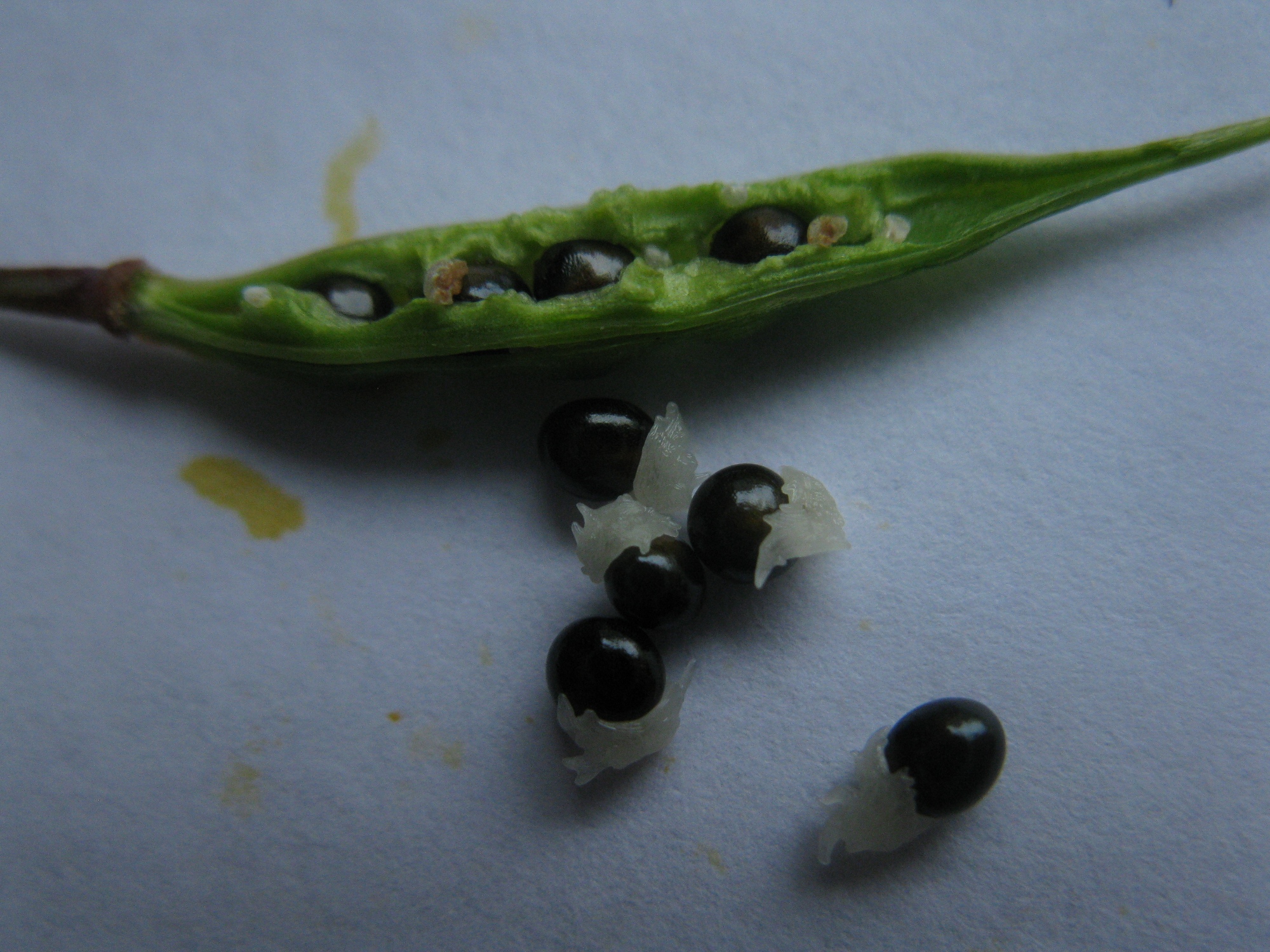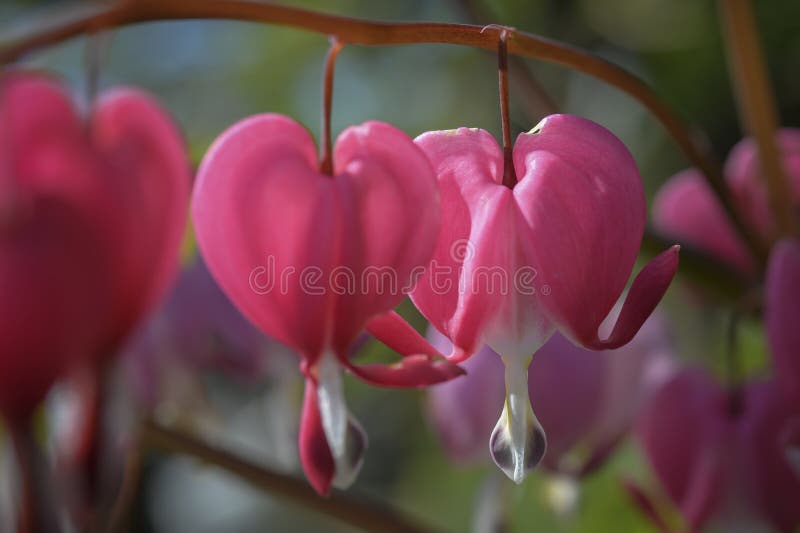A Guide on How to Plant, Grow and Care Bleeding heart flowers?

Spring, the season of love, comes with varieties of colors to celebrate it. Greenery and beautiful multicolor flowers further add the fabulous essence in natural beauty. The bleeding hearts that blooms on the same season is also one of the most preferable ones especially during spring to make a perfect companion to this romantic season as well as incorporating these flowers into your garden gives an adorning view with very little maintenance.
This article gives you a complete guide to grow and care for bleeding hearts in your garden.
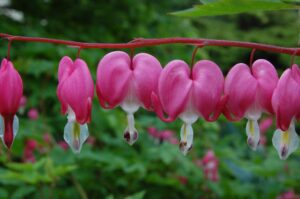
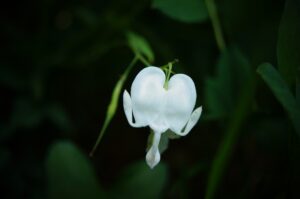
Introduction
Scientific name: Lamprocapnos spectabilis
Old name: Dicentra spectabilis
Family: Papaveraceae
Common names: Lyre flower, heart flower and the lady in a bath
Bleeding hearts are herbaceous, perennial shade loving, deciduous flowering plants native to northern China and Japan. They could grow up to 1 m in height with attractive flowers blooming in spring and early summer.
This heart-shaped flowers possesses red, pink, or white color as a single dangling pendulous drop in arching horizontal racemes. It has 3 lobed compound leaves and fleshy green or pink stems which make it highly adorable.


Soil Requirements
Bleeding hearts thrive on:
– Loamy or clayey soils.
– Slightly alkaline to neutral pH soil.
– Fertile and full of humus. Compost can be added before new growth in late winter or early spring for better result.
– Moist and well-drained.
– Watering should be more frequent during summer, while throughout winter main focus should be on preventing waterlogging. Also protect the species from frost and snow.
– Regular watering should be done even during its dormant stage since bulbs will be still alive below the soil surface. But, they may dry up and prevent germination, and on worst case be dead if not watered regularly.


Climate
– They could grow well on partial sun with some shade.
– but they prefer places with moist and cool climates as it requires moist and well-drained soil.
– In places with hot and dry climates shade is of utmost necessity.
Propagation
Propagation of bleeding hearts can be done both by both seeds and bulbs.
1. From seeds:
Erutuon, CC BY-SA 3.0, via Wikimedia Commons
– Seed pods can be left on the plant and allowed to burst themselves, which will grow numerous seedlings next season after completing its chilling requirement.
– Alternatively, seeds can be collected and planted fresh during late spring or summer. These seeds will also sprout and produce seedlings after a year.
– This plant take longer period to sprout as it requires chilling treatment or chilling period.
– Otherwise, the most convenient and common planting method with seeds is planting those 12 weeks before the last frost. The dormancy of seeds should be broken down by fulfilling its chilling hours’ requirement by placing the seeds on the refrigerator for about 2 months before sowing. Then the seeds should be first sown indoors and then transplanted outdoors at two leaves stage.
– Special care should be taken to:
- Collect seeds from pods allowing plant to dry completely.
- Sowing of seeds should be done at about an inch depth.
– The drawbacks of using seeds for propagating the bleeding hearts are that they are difficult to germinate and also do not transplant well.
2. From rhizomes/bulbs :
– It is the easiest method of propagation.
– The rhizome of the old bleeding heart plant is taken and divided.
– The division is made by keeping some eyes/knot like structure or intact seedlings in each divided part. The seedlings could be cut through knife but be aware to have enough of good sized root/rhizomes or bulbs.
– The division can be done during winter when the bulbs are still in dormant condition or during spring when the small seedlings starts to grow from the bulbs but the best preferred time is early spring.
– They should be planted an inch deep with eyes faced upward.
– Distance/spacing between two plants should be 2-3 feet because proper spacing is needed to allow its full growth.
– Deep planting of rhizomes may cause rot, so special care should be taken.
Care
– Bleeding hearts are very easy to grow and care.
– Given a good amount of moisture, they do not want much caring.
– And are also very less attacked or less prone to disease and pests.
– It could tolerate wide range of humidity conditions so don’t worry even if its somehow humid in an planting areas.
– They can be left on their own, and they will not fail your garden’s beauty during spring and summer.
– But its better if you could fill granular fertilizers around plant base every spring.
– Adorable beautiful heart bleeding flowers will enhance your mood and make you feel completely refreshed.
– However, once their foliage starts to fall out and they go to their dormancy sleep, a noticeable empty gap can be seen in the garden landscape.
– Pruning can be done every summer once plant dye back.
– To compensate for the condition, you can plant bleeding hearts with other plants like a fern which grows later in spring.
Varieties
There are several varieties of bleeding heart with different characters:
Alba: White flowers; requires overwintering.
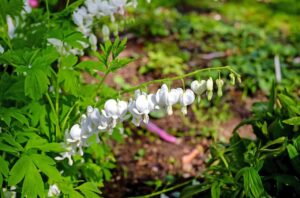

Gold Heart: Pink flowers; requires overwintering but can be delayed with adequate care given.

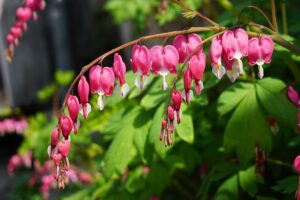
Valentine: Red flowers; requires overwintering.
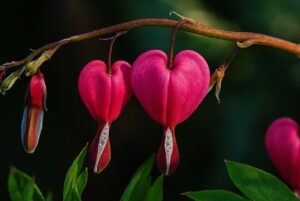
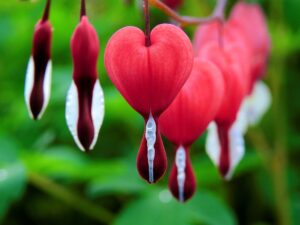
Fringed bleeding heart varieties: Does not require overwintering.
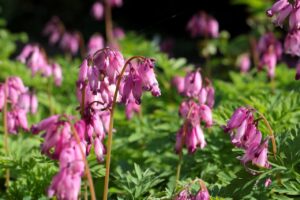

Toxicity
– Due to the presence of alkaloids in the plant body, some people may experience allergies after coming in contact with the plant. Wearing gloves and other protection during handling is recommended.
– Any part of the plant, if ingested, may cause stomach ache.
– It may be fairly dangerous to small children and pets as its poisonous if ingested. So should be kept away from them.
Integration of bleeding heart flowers on the garden and watching them bloom in spring just after the gloomy winter will always be soothing to your eyes. The easiest maintenance of these flowers makes them more lovable. Thus, you can plant them and almost forget till next spring. So why not give it a try planting these in your garden as well. Happy Gardening and hope you will practice it!!
Did you like the article? Please include your feedback and suggestions in the comment section below.
References
https://www.gardendesign.com/flowers/bleeding-heart.html
https://en.wikipedia.org/wiki/Lamprocapnos
https://www.rhs.org.uk/Plants/293049/Lamprocapnos-spectabilis/Details

